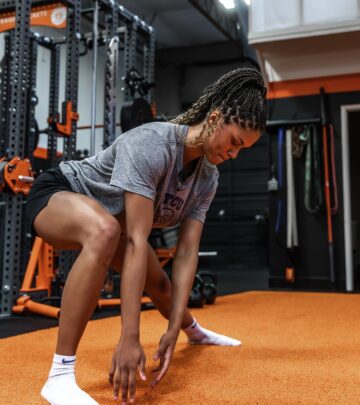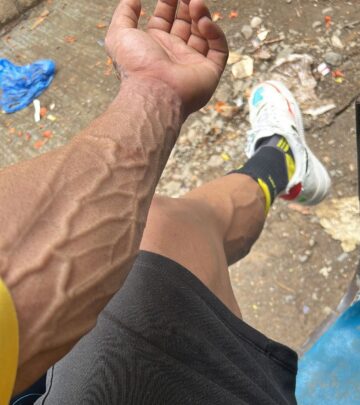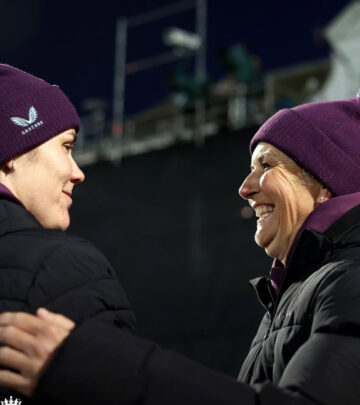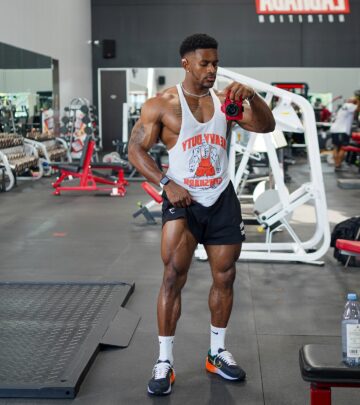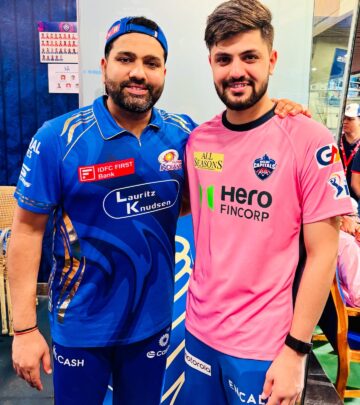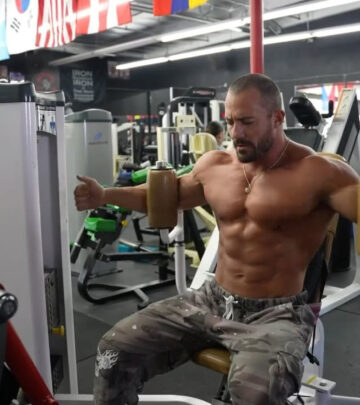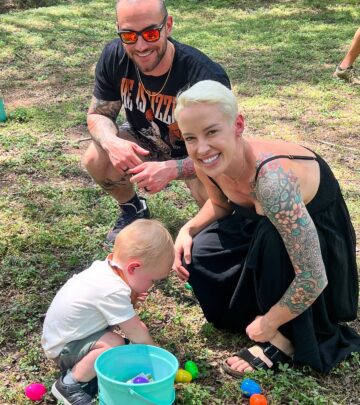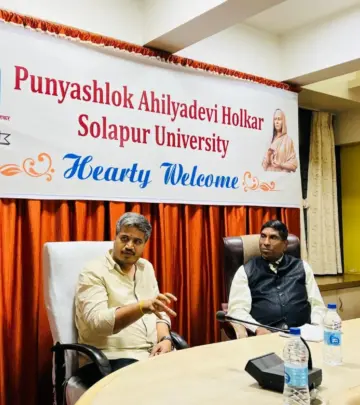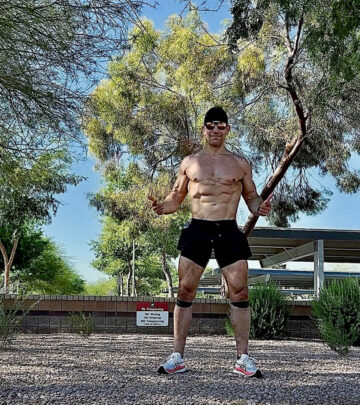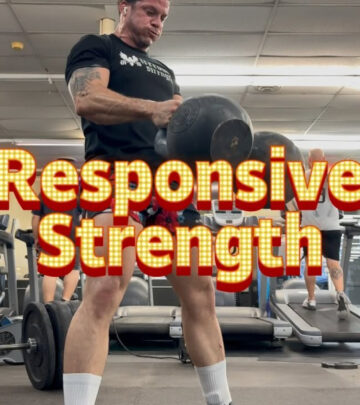Knee Anatomy Influences ACL Injury Risk
Revealing Knee Secrets: How Intercondylar Notch, Tibial Slope & Alignment Raise ACL Risks
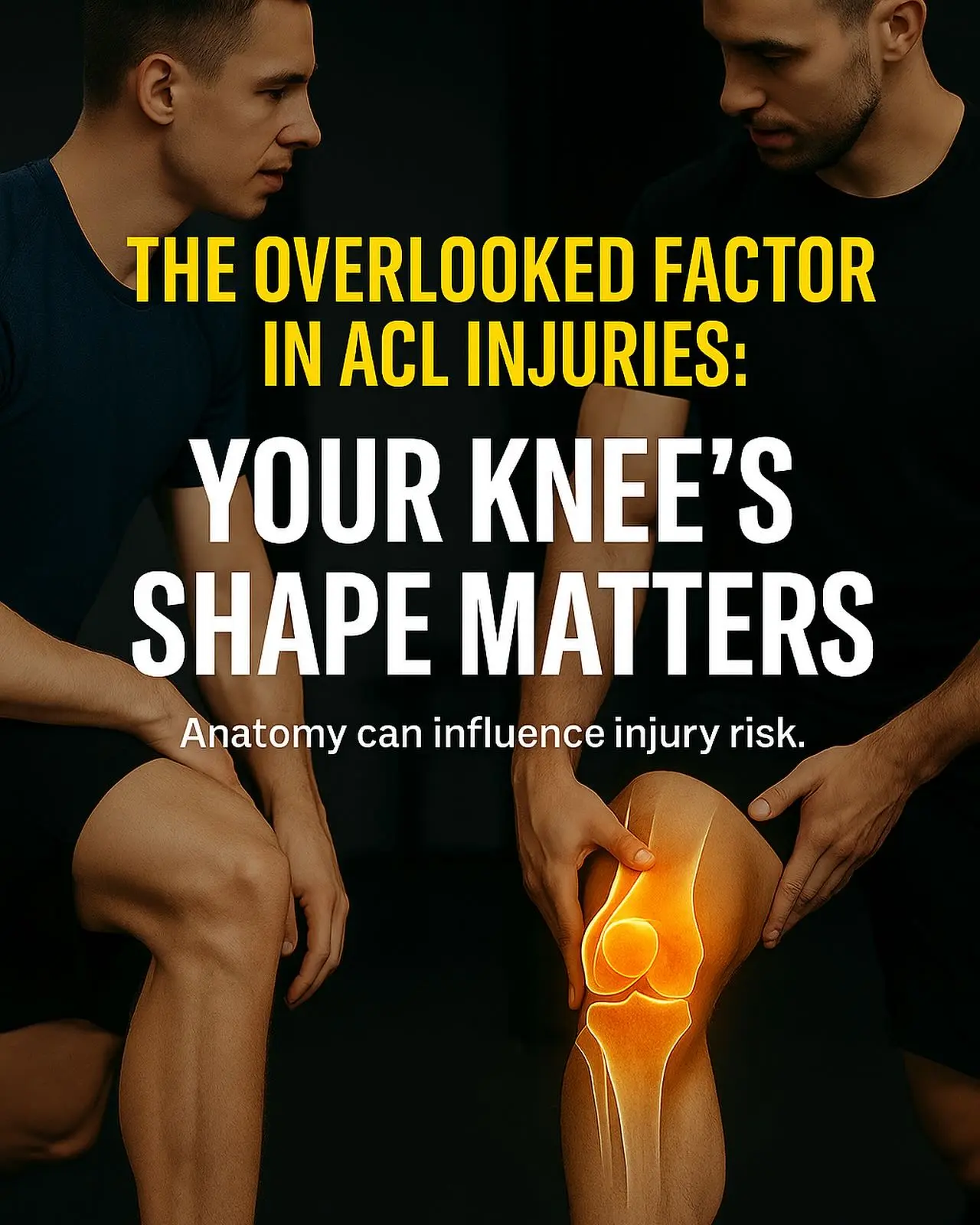
Image: Instagram
Recent research is shedding light on a factor many athletes never considered: the role of knee anatomy in predisposing individuals to ACL injuries. While many have assumed that an ACL tear is largely a matter of bad luck or poor training techniques, emerging studies point to the fact that inherent anatomical features may significantly affect one’s risk. This insight is prompting experts and athletes alike to rethink training and rehab approaches.
Anatomical Factors Unveiled
The primary anatomical risk factors include a narrow intercondylar notch, a steep posterior tibial slope, and suboptimal ligament alignment. A narrow intercondylar notch means that there is less space for the ACL, making it more susceptible to impingement and tear during dynamic movements. Similarly, a steep posterior tibial slope increases the anterior translation of the tibia, thereby placing additional stress on the ACL. Women may be at increased risk if they naturally have a smaller ACL, which in turn provides less mechanical stability. Moreover, an increased knee valgus angle or poor alignment during movement can lead to higher strain on the ligament over time.
For athletes and patients undergoing ACL reconstruction, these findings serve as a reminder that some risk factors are embedded in the bone structure and are unchangeable. However, knowing these factors is key to optimizing prevention strategies. Many experts point out that training protocols need to be modified based on an individual’s anatomical blueprint.
Training And Prevention Strategies
Fortunately, while these anatomical traits are fixed, the impact of these risk factors may be mitigated by training smarter. Tailored neuromuscular and strength training programs are now being recommended. Movement screening to identify risky biomechanics allows coaches and physiotherapists to design exercises that account for an individual’s specific vulnerabilities. A focused prevention protocol that includes technique coaching—especially for landing, cutting, and pivoting—plays a pivotal role in reducing undue strain on the knee.
A series of recent Instagram posts illustrate the importance of this approach. One post discussed how many athletes cease rehab before fully addressing all the risk factors, leaving them vulnerable to re-injury. Another highlighted that even when pain subsides, the final phase of rehab is critical to regaining explosive strength and ensuring confidence in high-demand movements. These insights underscore that recovery isn’t only about alleviating symptoms but also about preparing the knee for the rigors of sport.
Integrating Expert Insight And Celebrity Perspective
Alan Salgado Espino, known on social media as @dreamchaserr.__, has recently contributed to the conversation by emphasizing the importance of understanding one’s unique knee anatomy. Alan shares insights from his rigorous training routines, noting that tailored movement screenings and dedicated strength training can help athletes work around anatomical predispositions. His approach is rooted in the belief that prevention protocols should be personalized, addressing both the physical and neuromuscular aspects of knee function.
In detailed discussions shared on various platforms, experts stress that preventative training should include exercises that build stability and strength around the joint. This involves progressive neuromuscular drills and targeted strength drills. For example, specific protocols are recommended to improve quadriceps strength, restore proper movement patterns, and correct any biomechanical imbalances that might otherwise exacerbate knee stress.
The research also points to the necessity of a long-term commitment to rehab. Too often, athletes tend to return to sport as soon as pain disappears, disregarding that the final months of rehabilitation are vital. Studies have shown that returning to high-demand activities prematurely can more than double the risk of re-tearing the ACL. The emphasis on awareness through movement screening is echoed by professionals advising that pain-free movement does not equate to full recovery.
The Role Of Comprehensive Rehabilitation
In addition to individualized training, many clinicians advocate for a comprehensive rehabilitation approach that addresses both the physical and psychological components of injury recovery. Neuromuscular control, balance exercises, and technique modifications are essential parts of an effective rehab program. This holistic approach not only restores the strength of individual muscles but also retrains the body’s coordination patterns to prevent compensatory movements that might injure the knee further.
Several Instagram accounts dedicated to ACL recovery have stressed that maintaining consistency during rehabilitation is key. They note that while surgery and initial recovery are significant milestones, the work done in the subsequent months often determines whether an athlete can return to pre-injury performance levels. Experts also encourage open dialogue between coaches, athletes, and physiotherapists to continuously tailor the rehab process based on progress and any lingering anatomical challenges.
Integrating these lessons, athletes are now encouraged to think of their knee structure as a unique blueprint that demands personalized attention. With advances in sports science and biomechanical screening, the future of ACL prevention and rehabilitation looks promising. By aligning training strategies with individual anatomical traits, athletes can optimize not only their performance but also their long-term joint health.
Ultimately, the message is clear: ACL injury prevention is not solely about avoiding dangerous movements, but also about understanding the complex interplay of anatomy and biomechanics. With targeted prevention and rigorous rehab protocols, athletes can significantly reduce their injury risk and build a stronger foundation for a successful return to sport.
Read full bio of Nisha Bharatan



